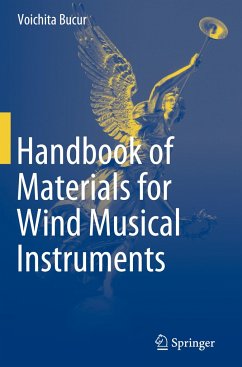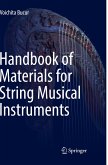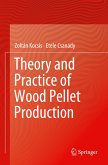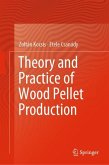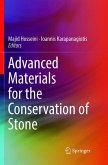This book addresses key questions about the materials used for the wind instruments of classical symphony orchestra such as flutes, clarinets, saxophones, oboes, bassoons and pipe organs. The content of this book is structured into four parts.
Part 1- Description of materials for wind instruments deals with wood species and materials for reeds used for making clarinet, oboe and bassoon- and, with metallic materials and alloys for - horn, trumpet, trombone, etc. Auxiliary materials associated with the manufacturing of wind instruments are felt, cork, leather and parchment.
Part 2- Basic acoustics of wind instruments, in which are presented succinctly, some pertinent aspects related to the physics of the resonant air column. An important aspect discussed is related to the effect of wall material on the vibration modes of the walls of wind instruments. The methods for measuring the acoustical properties of wind instruments are presented.
Part 3- Manufacturing of wind instruments, describes the technology used in manufacturing metallic tubes and pipes made of wood.
Part 4 - The durability and degradation of materials addresses data about methods for cleaning wind instruments, studies factors producing degradation of organ pipes, describes methods of conservation and restoration of brass instruments and of historical pipe organs. Finally, the properties of marble are described, being the only one nondegradable and sustainable material used for pipes for organs.
Part 1- Description of materials for wind instruments deals with wood species and materials for reeds used for making clarinet, oboe and bassoon- and, with metallic materials and alloys for - horn, trumpet, trombone, etc. Auxiliary materials associated with the manufacturing of wind instruments are felt, cork, leather and parchment.
Part 2- Basic acoustics of wind instruments, in which are presented succinctly, some pertinent aspects related to the physics of the resonant air column. An important aspect discussed is related to the effect of wall material on the vibration modes of the walls of wind instruments. The methods for measuring the acoustical properties of wind instruments are presented.
Part 3- Manufacturing of wind instruments, describes the technology used in manufacturing metallic tubes and pipes made of wood.
Part 4 - The durability and degradation of materials addresses data about methods for cleaning wind instruments, studies factors producing degradation of organ pipes, describes methods of conservation and restoration of brass instruments and of historical pipe organs. Finally, the properties of marble are described, being the only one nondegradable and sustainable material used for pipes for organs.

